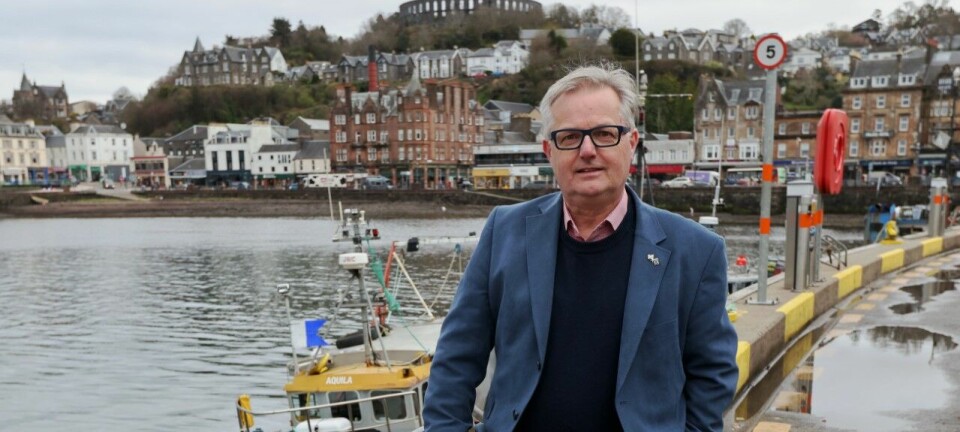
Scottish Government seeks more space for HPMAs
Cabinet Secretary asks UK leaders for power to place no-go areas further from shore
The Scottish Government has asked Westminster for the power to designate Highly Protected Marine Areas (HPMAs) in Scottish waters beyond 12 nautical miles from the shore as it advances with the highly controversial policy.
The ruling Scottish National Party plans to make at least 10% of Scotland’s seas HPMAs where activities such as fishing and aquaculture would be banned.
But the Scottish Parliament only has control of the sea up to 12 nautical miles from the shore, which is less than a fifth of what is regarded as Scotland’s sea area. Control of the remaining four-fifths lies with the UK Government, and cooperating with Westminster to site HPMAs beyond 12 nautical miles has always been part of the Scottish Government's plan.
Màiri McAllan, Scotland’s Cabinet Secretary for Transport, Net Zero and Just Transition, who is spearheading the HPMA proposal, said she had begun the process of discussing a transfer of powers with the UK Government.
“Although necessary in this case, in reality these powers over Scotland’s resources should already be in Scotland, and with Scotland’s democratically elected Parliament,” said McAllan in a statement.
Bute House Agreement
The HPMA proposal is the result of the Bute House Agreement between the SNP and the Scottish Green Party. The Greens have agreed to vote for the minority SNP administration’s legislation in the Scottish Parliament in return for influence over the government’s policy and two ministerial posts.
Fishers, fish farmers, and coastal area councils and politicians have warned that HPMAs would have devastating consequences for the fragile rural communities that rely on the sea for a living.
How much of the sea is closed off by HPMAs, and how close they are to shore, will both be important factors, particularly for fish farming. If the Scottish Government is given the power to designate areas beyond the 12-nautical mile limit, it may choose fewer areas relatively close to shore, where smaller fishing vessels and fish farms operate.
However, the UK Government appears to be in no mood to increase the power devolved to Scotland, and has recently blocked two Scottish Government initiatives – the Gender Recognition Reform Bill and the Deposit Return Scheme – because of their alleged impact on the rest of the UK.
462,000 or 90,000 km²?
According to Scottish Government agency Marine Scotland, the area of Scotland’s seas is 462,315 km² using the definition of the “Scottish zone” in the Scotland Act 1998 which legislated for the establishment of the Scottish Parliament. This area reflects the UK Exclusive Economic Zone (EEZ) adjacent to Scotland, and is the space that the Scottish Government plans to use.

It is high time these ill-judged plans were dropped. Government should work on a science-based, evidence-led approach to protecting our marine environment
The sea area extending 12 nautical miles from the shore in Scotland is 90,400 km².
Ten percent of the UK EEZ adjacent to Scotland – the minimum area that the SNP and Scottish Greens have allotted for HPMAs - would cover 46,231.5 km².
'Half the coast closed'
If the UK government refused permission for the Scottish Government to designate HPMAs beyond 12 nautical miles, McAllan would then have to squeeze those HPMAs into the 90,400 km² under Holyrood’s control if she was to stick to the plan. That would mean that fishing, fish farming, and most other human activities would be banned in more than half of the sea area around the Scottish coast.
Tavish Scott, chief executive of salmon sector trade body Salmon Scotland, said: “The Scottish Government does not have legislative competence over Scotland's waters beyond 12 nautical miles. Therefore they need to clarify whether they plan to designate ‘at least 10% of Scotland's seas’ within 12 nautical miles of the Scottish coastline. If that is the case it would mean around half of Scotland's coastline would be covered by HPMAs.
"It is high time these ill-judged plans were dropped. Government should work with the seafood sector, marine businesses, local authorities and local people on a science-based, evidence-led approach to protecting our marine environment.”
























































